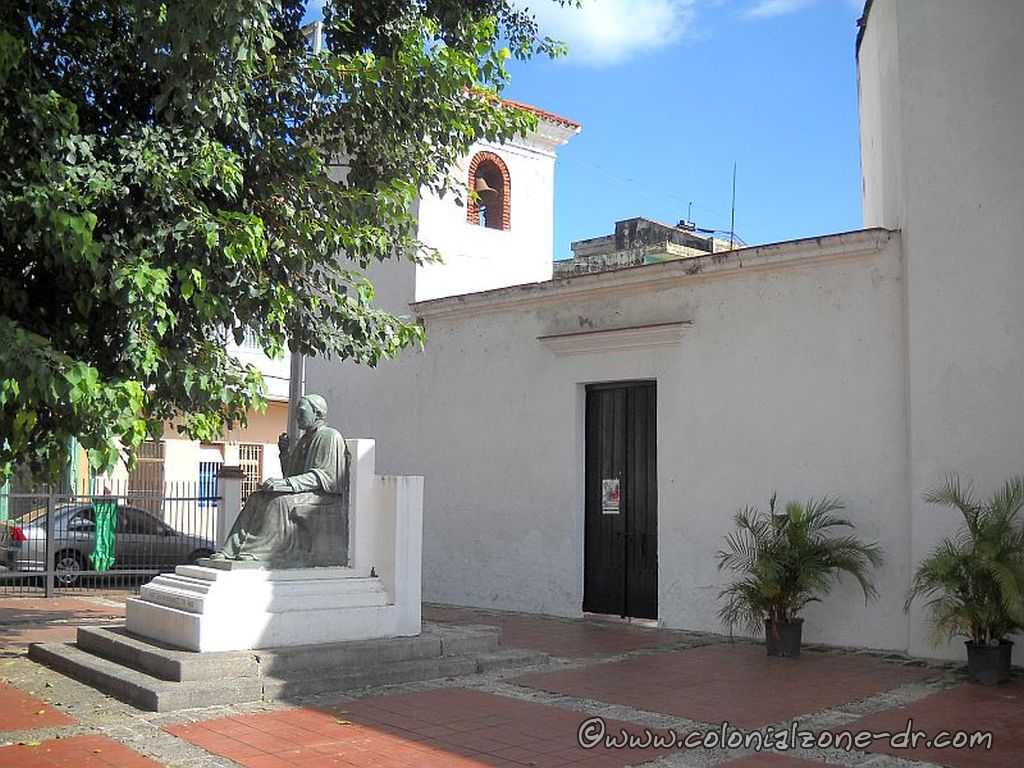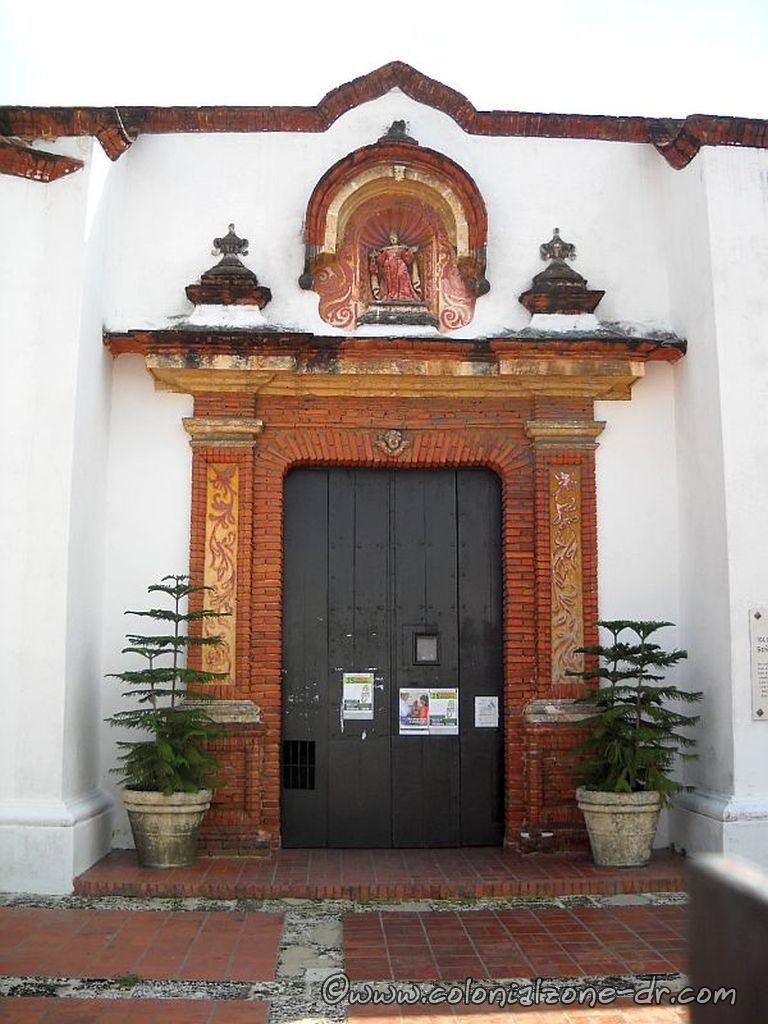Casa de los Dávila and the Capilla de los Remedios
Casa de los Dávila / House of Dávila and the connected Capilla de los Remedios / The Chapel of Remedies was one of the most modern and complete houses of its time. It was built Siglo XVI / The 16th century.
Casa de los Dávila | Capilla de los Remedios

Casa de los Dávila
was the residence of don Francisco Dávila, the richest families on the island at this time. It was one of the most modern and complete houses of its time. The house has a bunker built into the wall and was connected to Fuerte El Invincible. The house was later integrated into the Casa de Ovando/ House of Ovando where the Hotel Nicolás de Ovando is now.

Capilla de los Remedios
The Casa de los Dávila is one of the few homes in the city to have its own private chapel. The Capilla de los Remedios was built to house the remains of his family. This is where the body of Francisco Dávila is interred.

The chapels architectural style is Mudejar, created by the Muslims. The interior structure holds a small temple in the shape of a cross with a vaulted brick ceiling. The outside of the chapel has a bell tower made of brick that has a spectacular view of the port. At the time it was built the tower also displayed the families’ coat of arms/ escudo de armas which was destroyed by Boyers who led the invading Haitian troupes in 1830.

This small but important chapel was damaged many times throughout history and has always been rebuilt. In 1853 the chapel was damaged by a lightning strike then in 1930 by a hurricane.
The chapel fell into ruins by 1872 and stayed this way until three friends, known as The Three Johns/ Los tres Juanes, decided that this building could be saved. They were Don Juan Alejandro Acosta, DonJuan F. Travieso, both heroes of Independence, and Don Juan Pumarol. These three men got permission from the vicar of the Archdiocese to do the restoration. Finally, March 1884, the work on the little chapel completed and it was blessed.

The chapel has been repaired as needed and updated with air conditioning and other niceties. When you find the doors open be sure to visit, take a seat on one of the wooden benches, and relax for a few minutes. It is used for concerts and exhibitions.

Directions
: The Casa de los Dávila is located on Calle Las Damas # 57. The Capilla de los Remedios is on one side of the house and the Hostal Nicolas de Ovando on the other.
Walk east on Calle el Conde to Calle Las Damas. Turn left (north) walk about 2 blocks and it is the last building on the right before the Plaza del Sol Reloj / Plaza of the Sun Dial and Plaza España. If you come from Calle Las Mercedes and walk towards the River you will run directly into the chapel.










